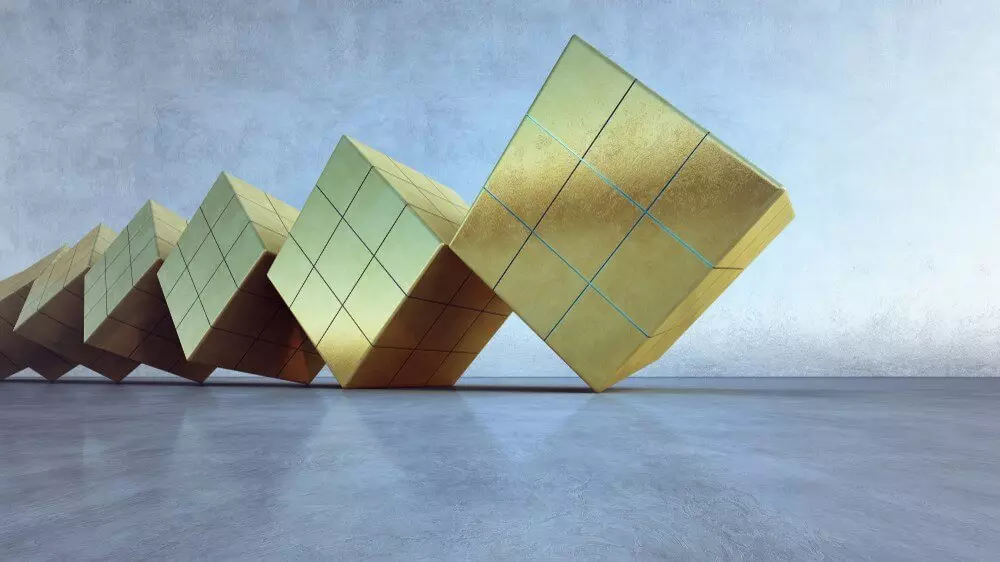Comments
- No comments found

The history of the NFT technology started in 2017 when it was introduced based on Ethereum smart contracts.
NFT pictures, tracks, paintings, domains, and even tweets flooded the world. Every year the volume of sales in this sector of the crypto market is getting bigger: in the last year, it increased by more than 200 times.
It is also possible to monetize abstract phenomena such as popularity through NFT. The hotter the topic, the higher the value of the token attached to the symbolic artifact. For example, comedian Idrak Mirzalizadeh put up for sale an NFT of his ancillary residency.
The first piece of art turned into an NFT token was Banksy's work in black-and-white, the Morons. It was bought by the Injective Protocol company, which burned the artwork and created a token, turning it into an eternal object.
The first musician in NFT was DJ 3LAU. After he sold his musical token for more than 11 million USD, a lot of people from his sphere followed the trend, and one of them was Mike Shinids, the Linkin Park vocalist.
Overall, NFT is a way for creatives to monetize their skills and expand their audiences. Because of the lack of logistical difficulties, it's easier to sell artwork digitally than offline. However, there are pitfalls, and it's a little more complicated than when the Samsung dryer is not heating and you're just looking for a solution by the manual.
The surge of interest in NFT and the lack of technical control led to the fact that fraudsters were massively creating tokens with other people's content. This is a direct violation of intellectual property rights, which are protected by law.
In practice, no such situation went to court. Everything is regulated at the level of each particular platform's administration, which specializes in the generation of NFTs. For this purpose, tools of the automatic search for similar images, manual moderation, and a system of complaints are used. The rules of the platforms explicitly prohibit such actions, so that all complaints of this type are quickly dealt with and resolved, everything is fine-tuned here, as with the repairs of home appliances. After a complaint, the site administration can hide the "pirated" NFT, but it cannot be removed from the blockchain.
This leads to an interesting situation. As our expert Aleksei Titov explains, the creation of NFT is not a registration of copyright or any other rights. Buyers of such a token similarly do not acquire any rights. "Minting" (creating) the token in question solely captures the fact that some account, which may be anonymous, has recorded certain metadata in one of the NFT formats and has access to it.
This situation creates fertile ground for fraudsters on the one hand and all sorts of misunderstandings on the other. NFT does not protect not only authors but also buyers, because using a token outside of a particular platform can be seen as copyright infringement. For example, if a collector within the NFT online gallery were to display works of art that he bought in this way, the copyright holders could block his resource and sue the organizer for infringement of exclusive copyrights.
Leave your comments
Post comment as a guest